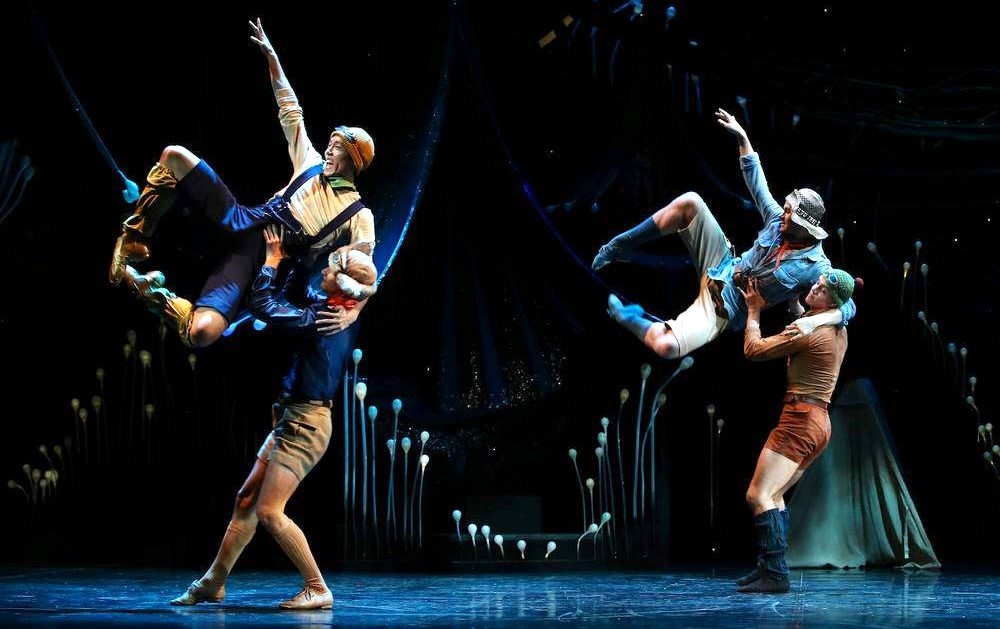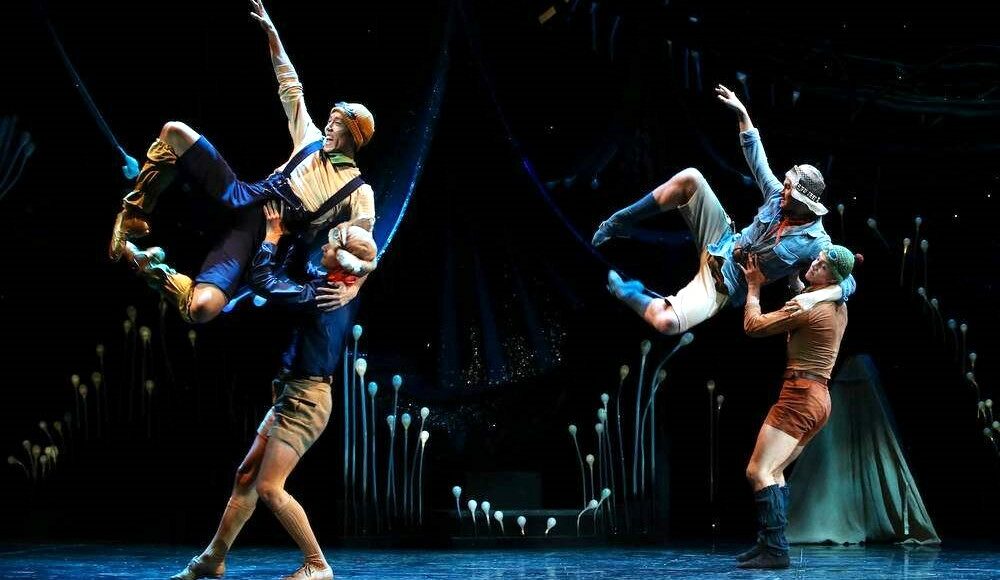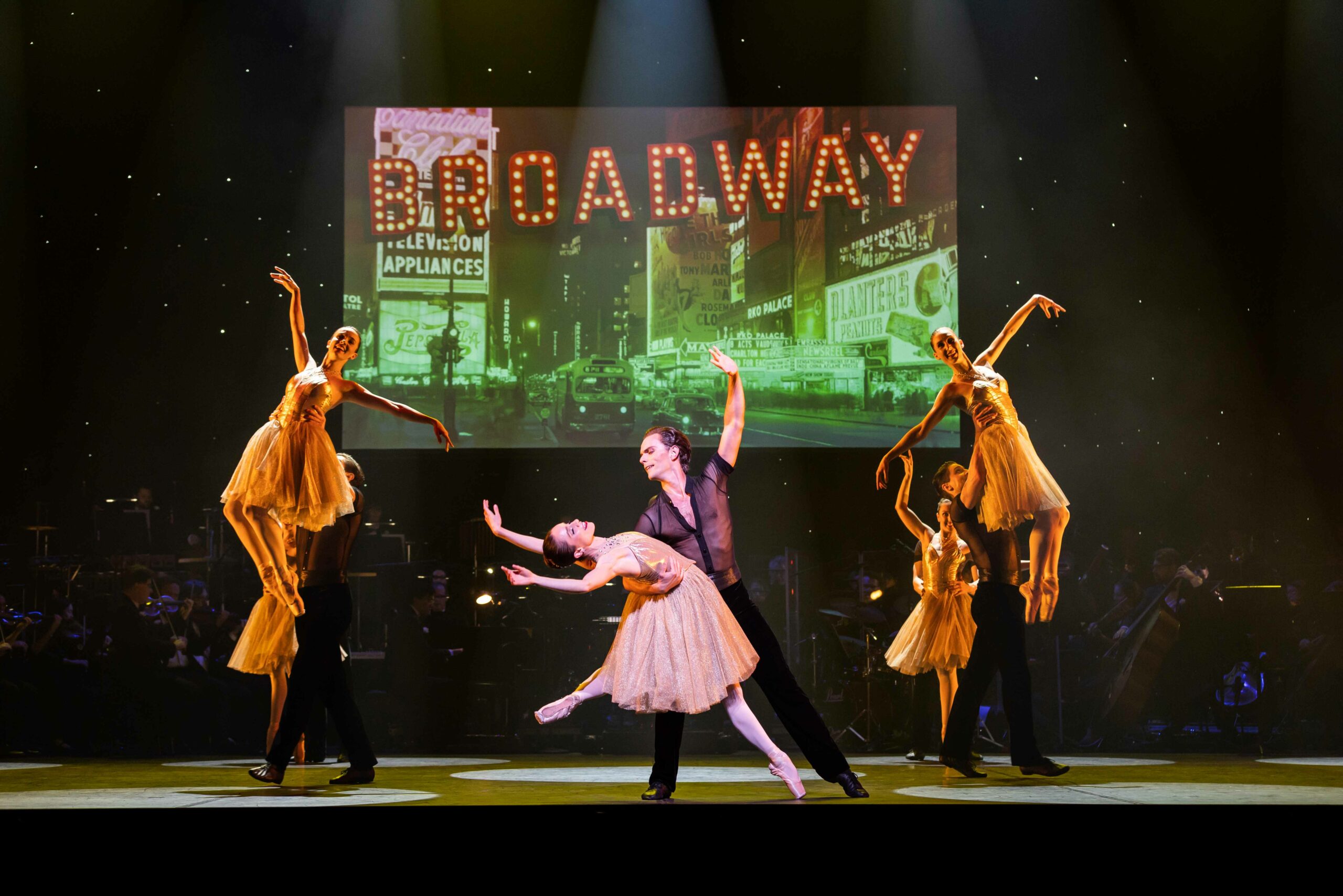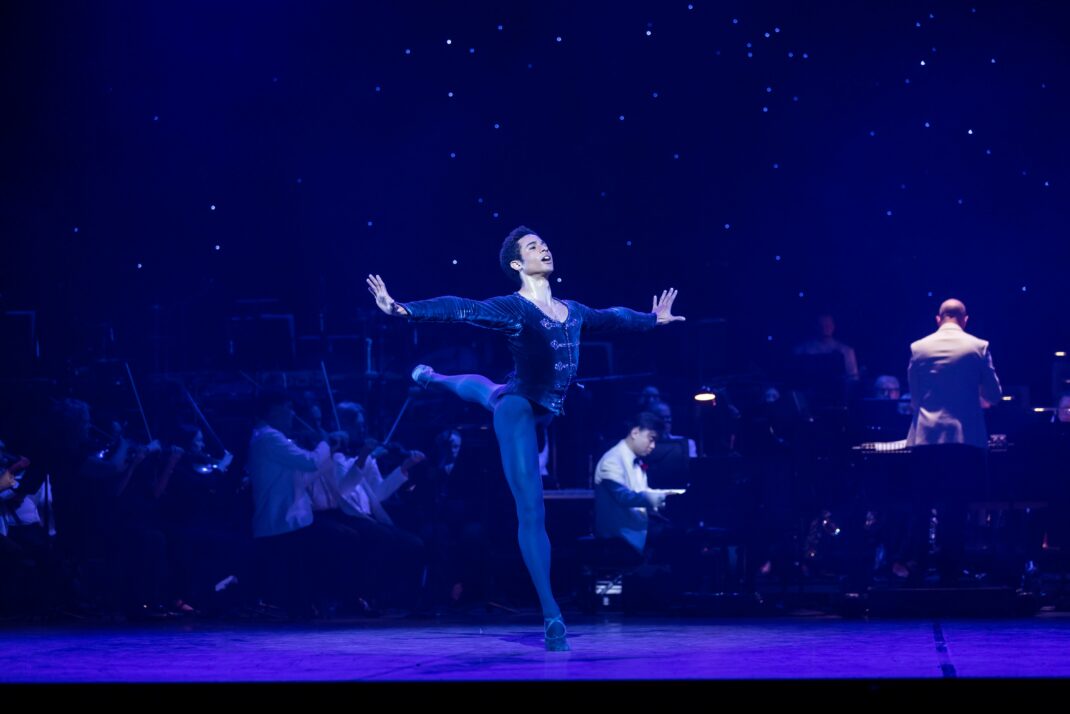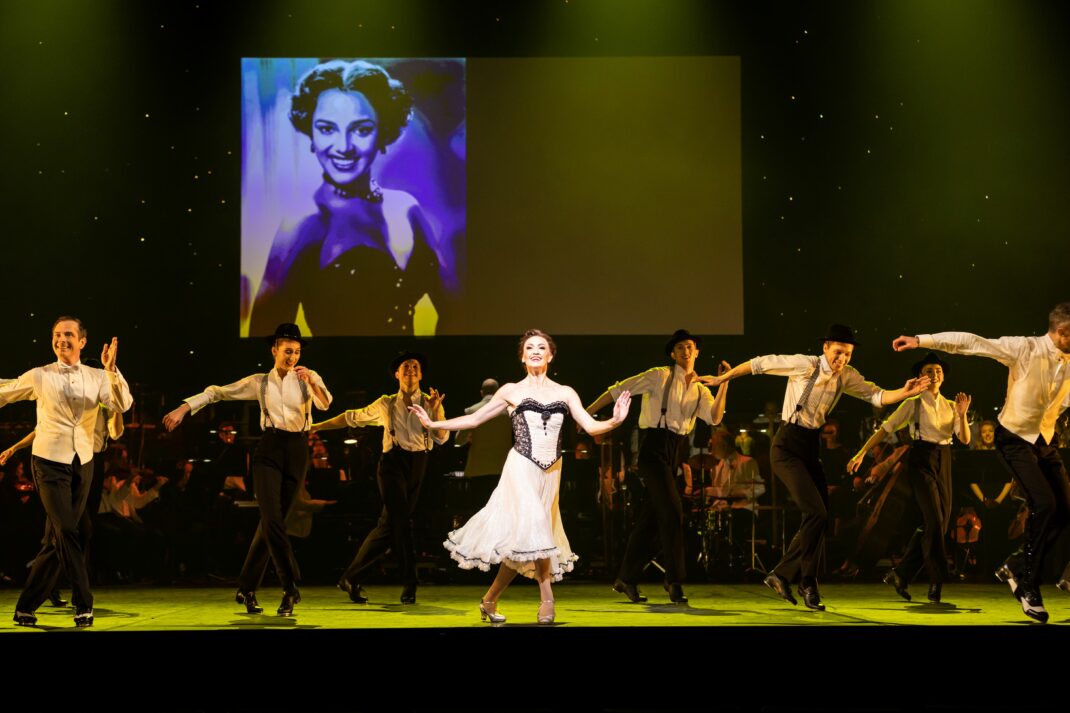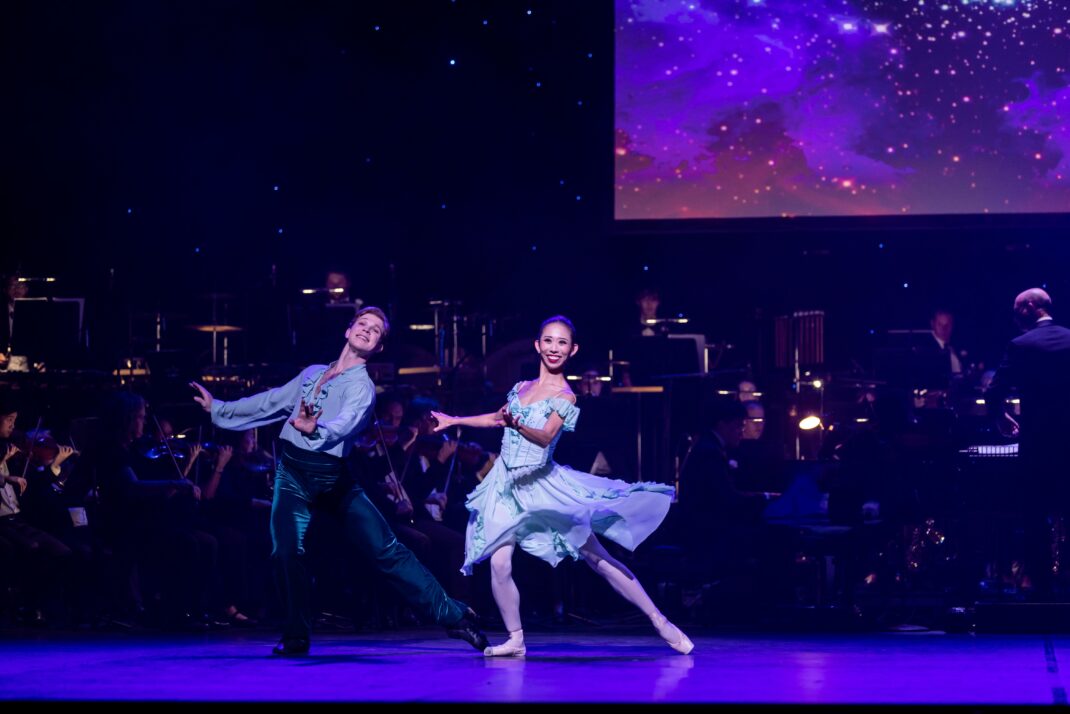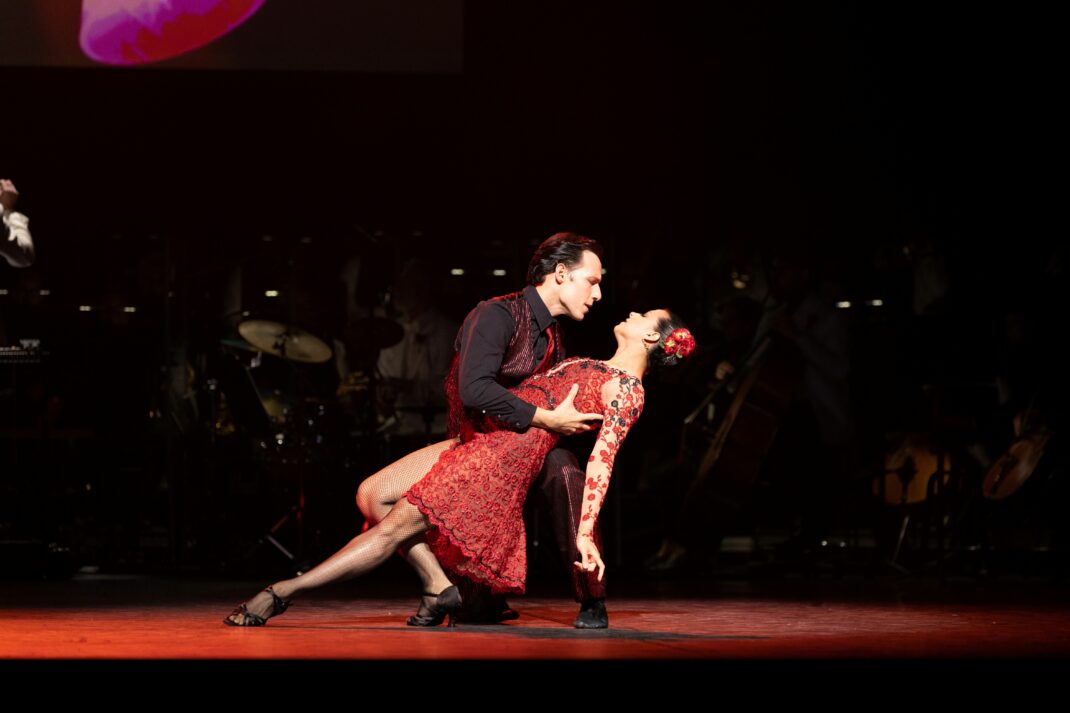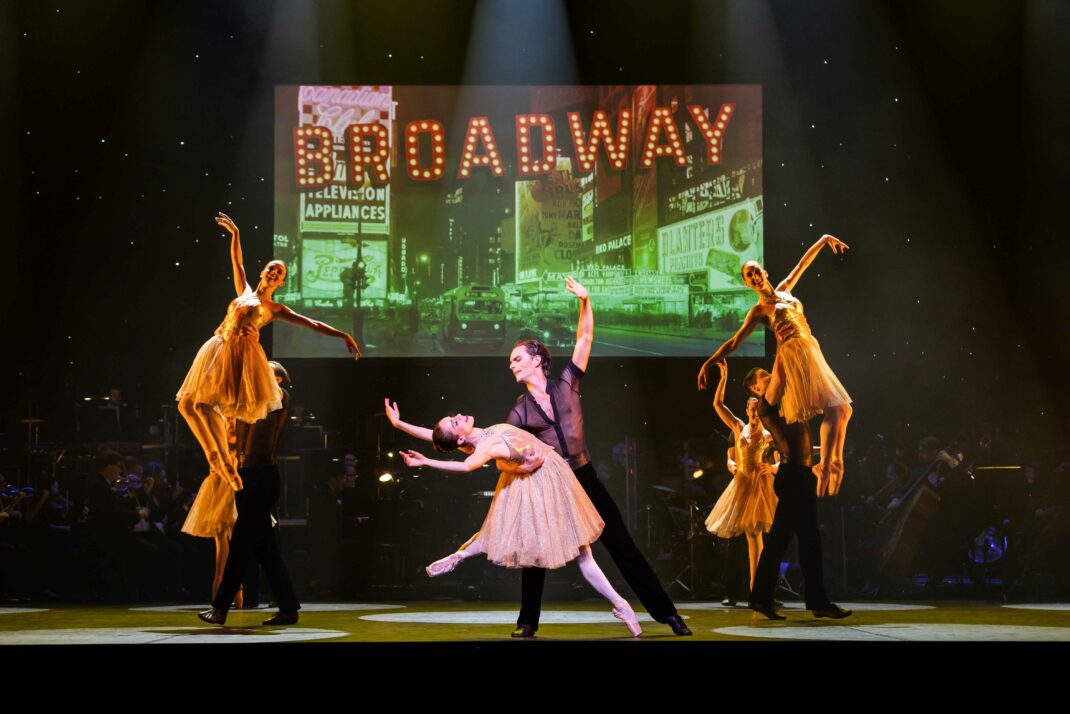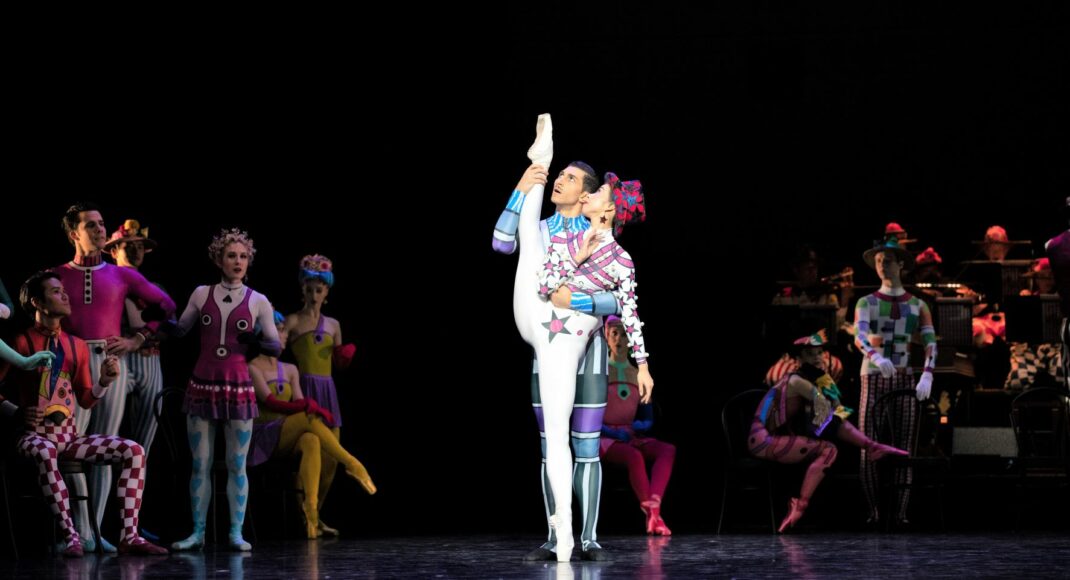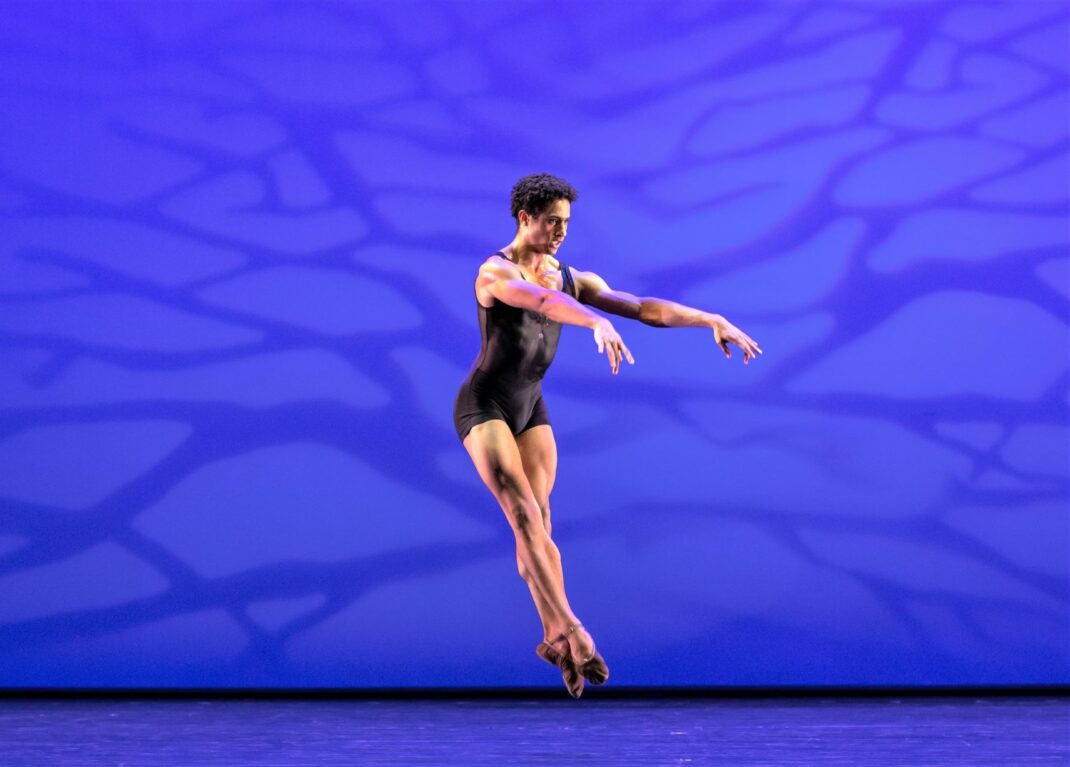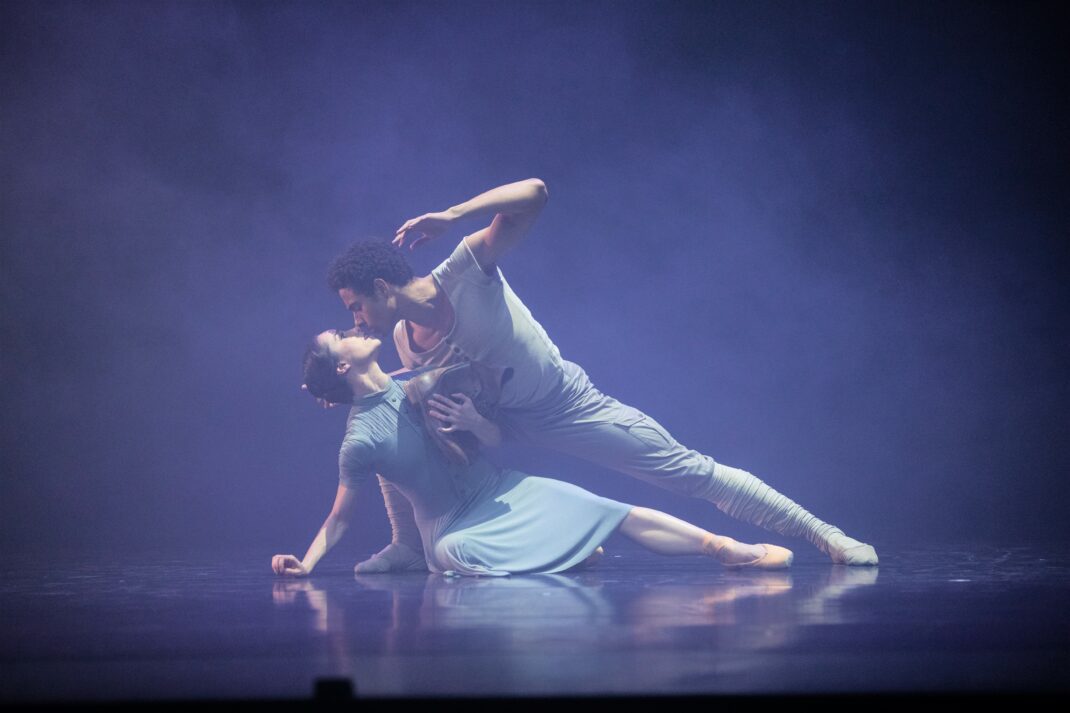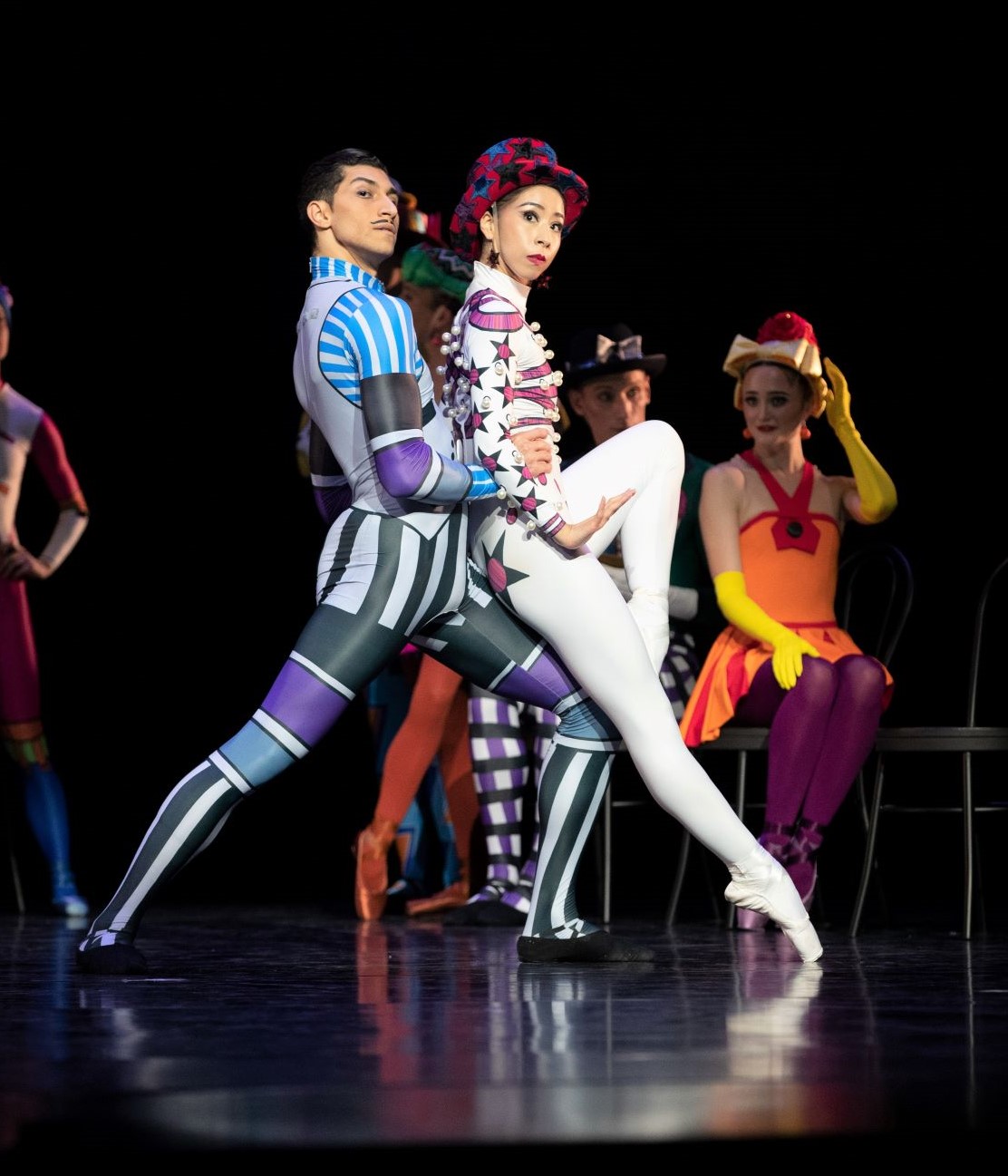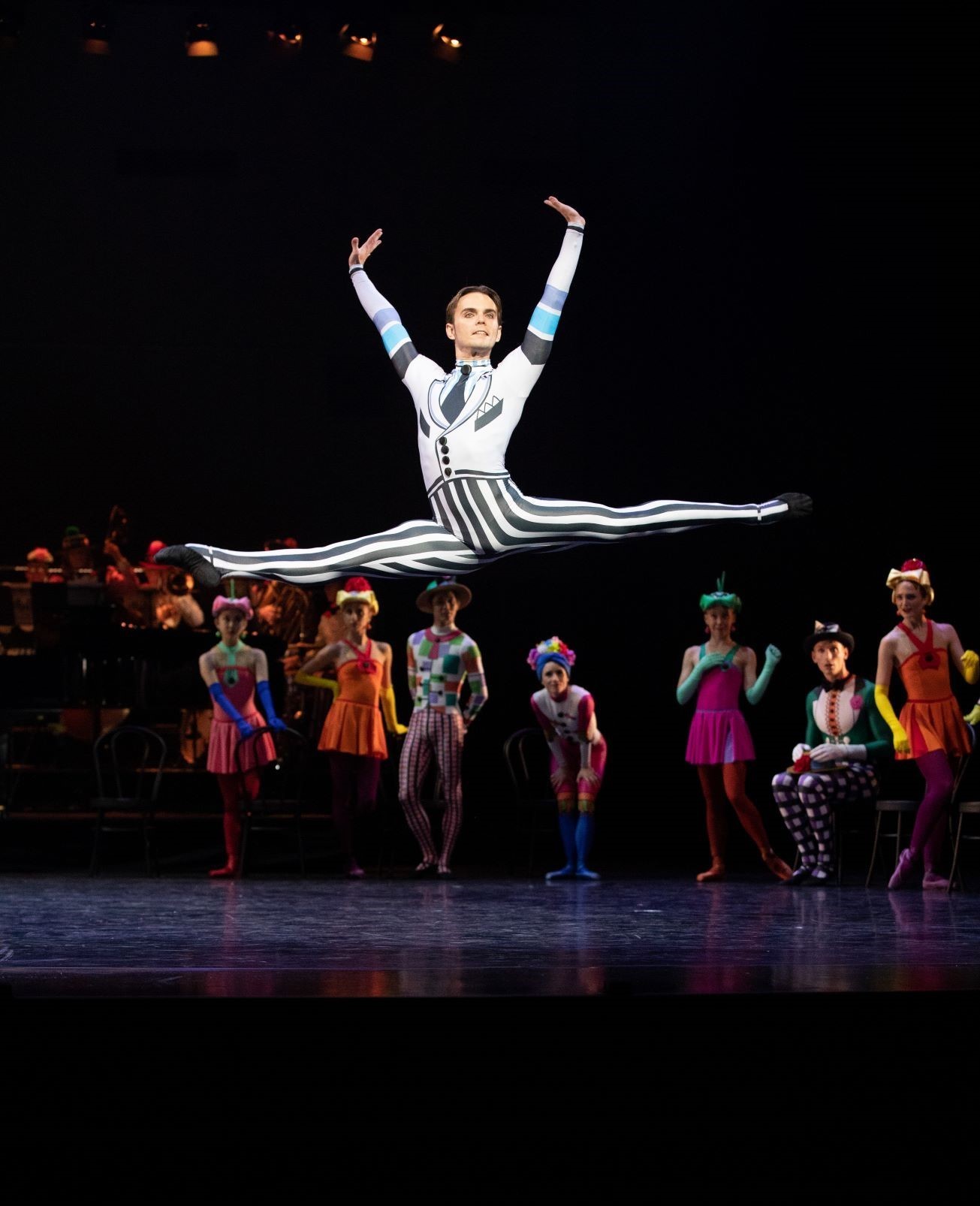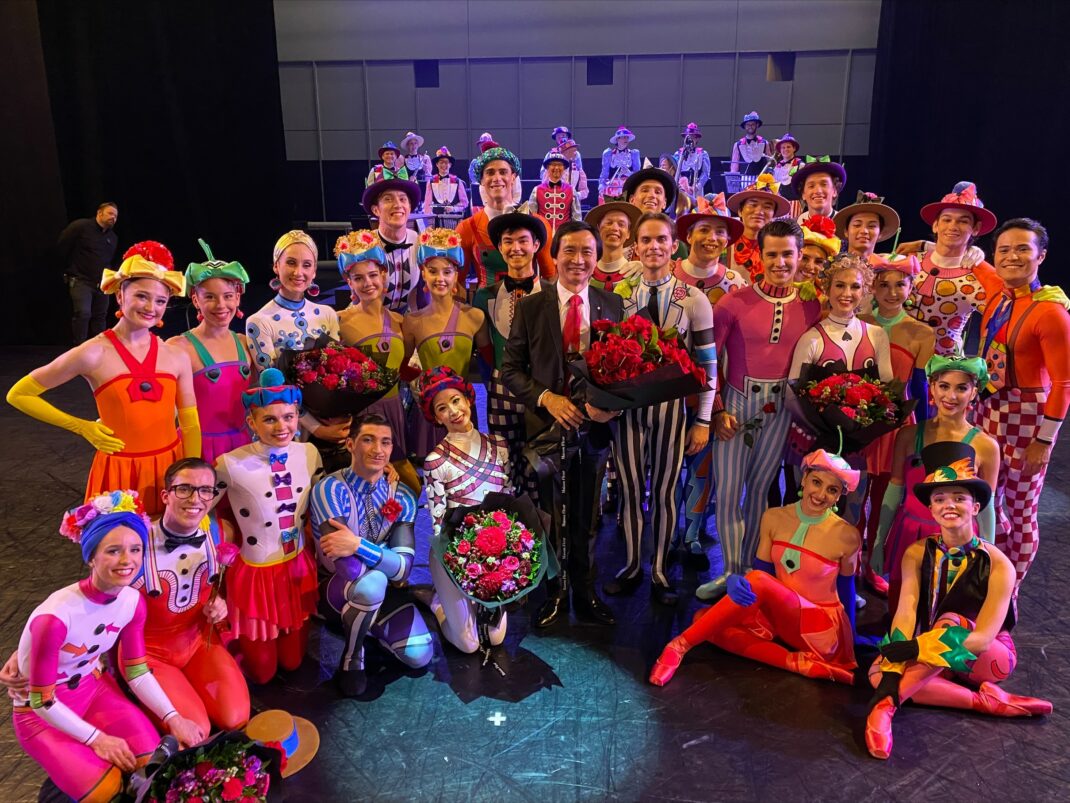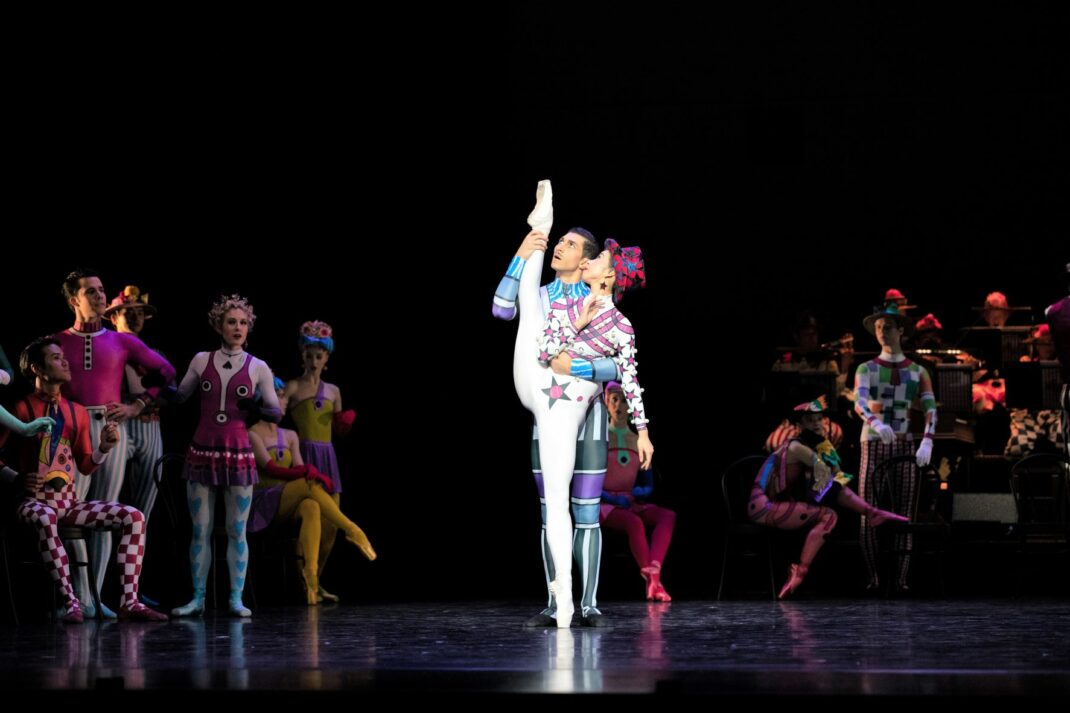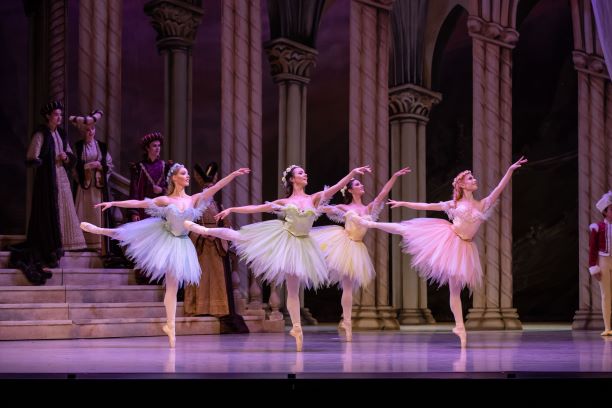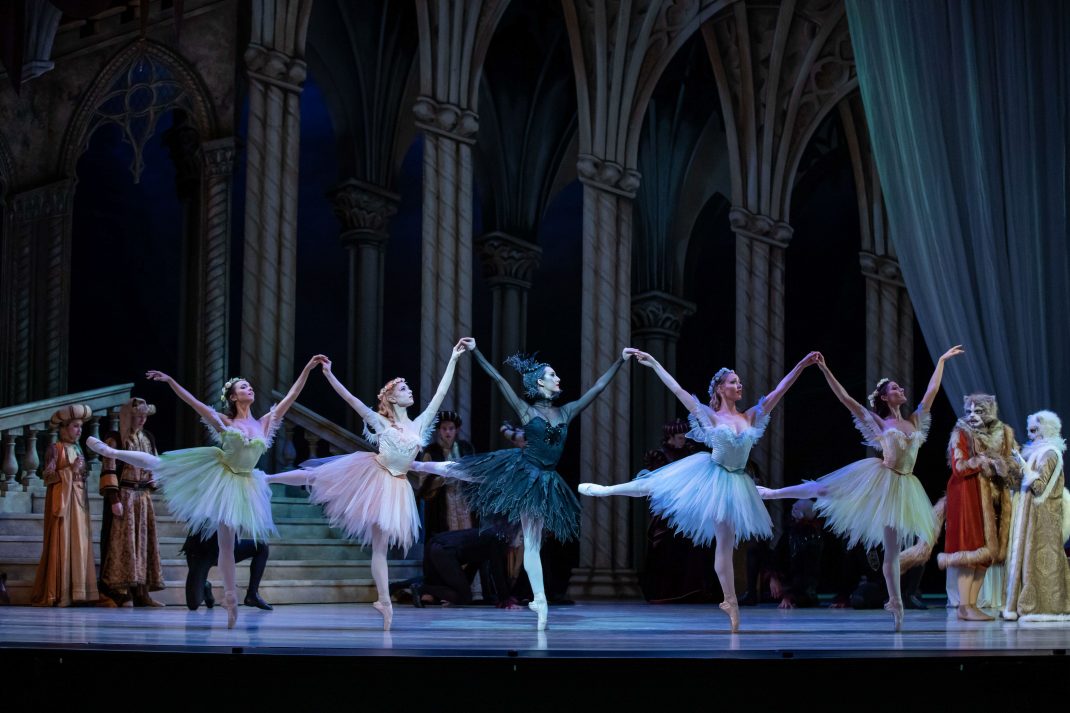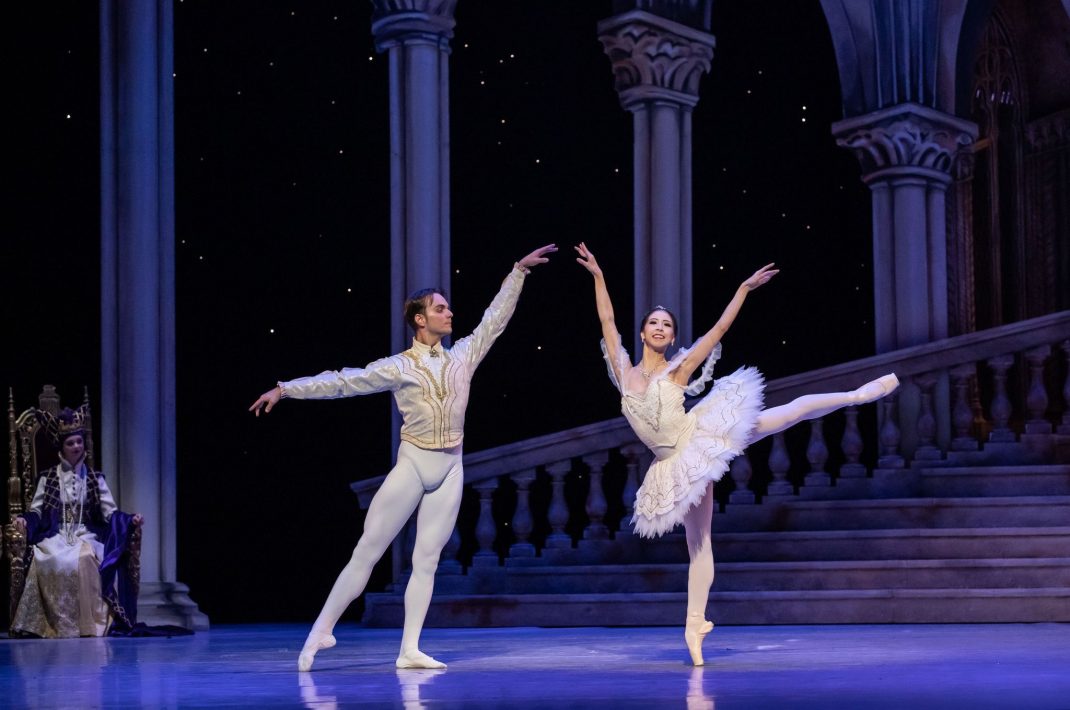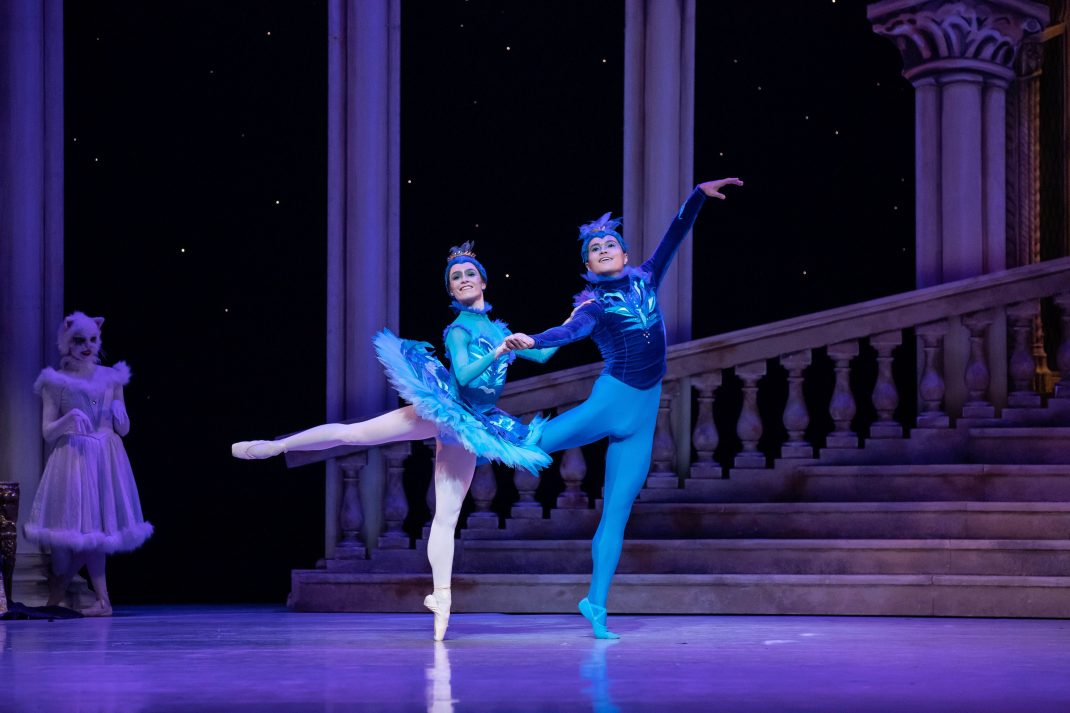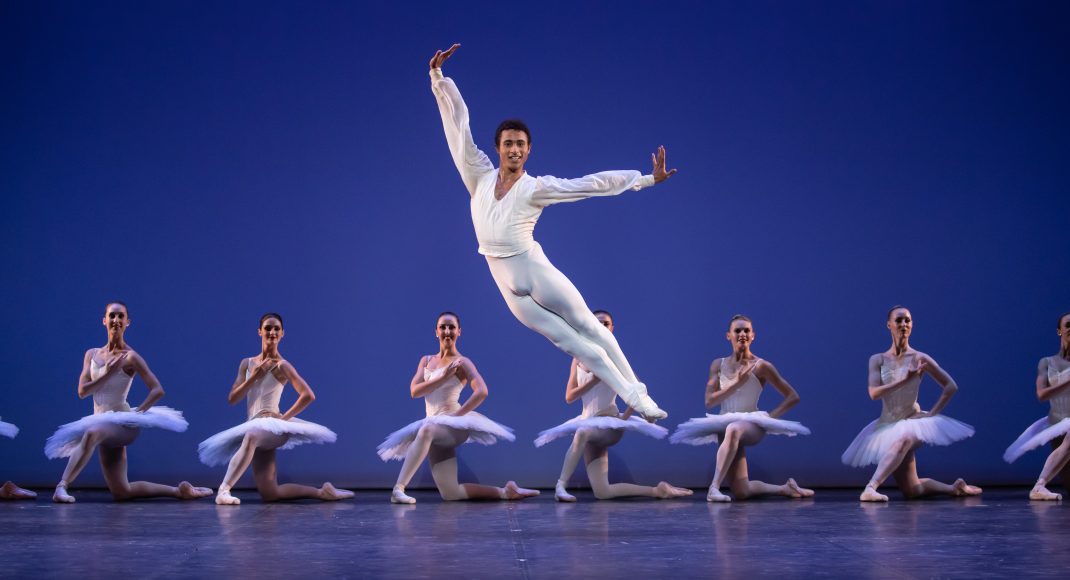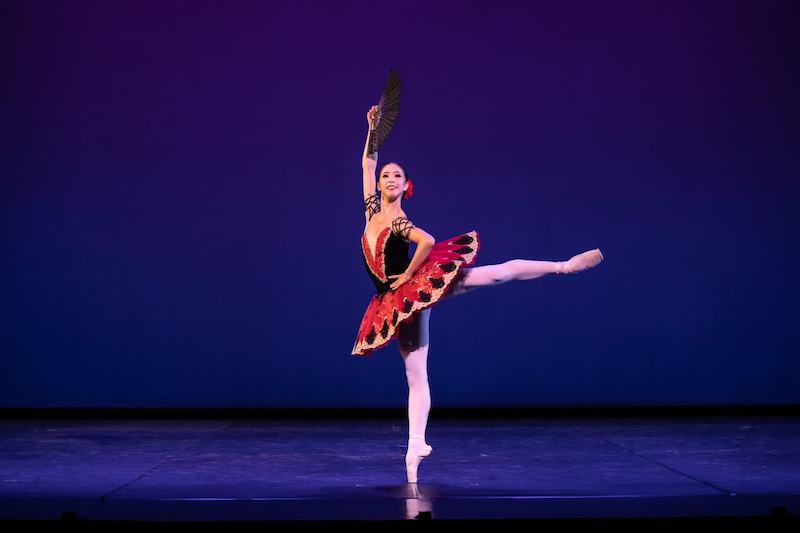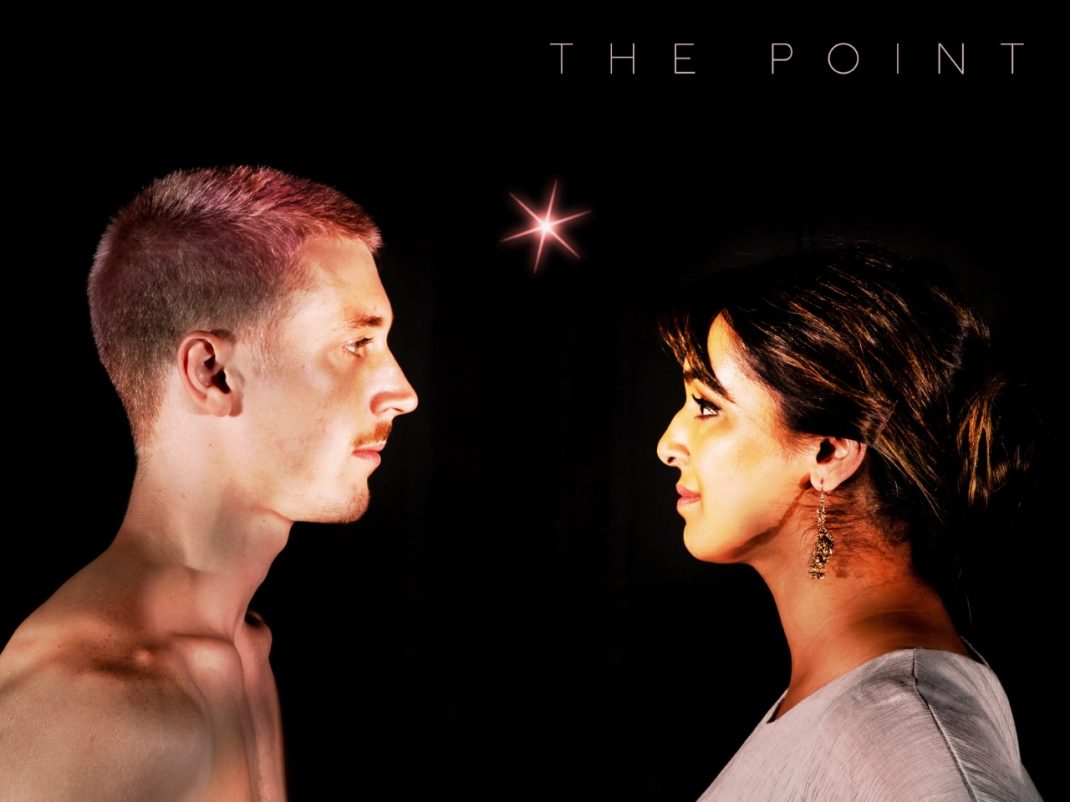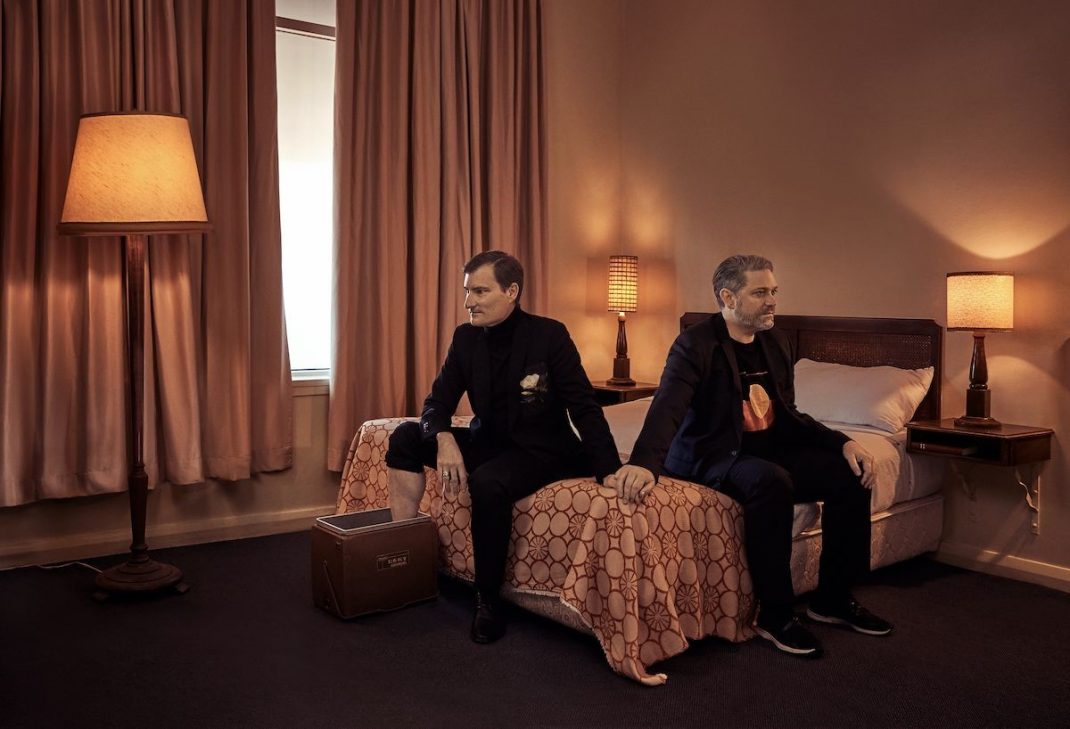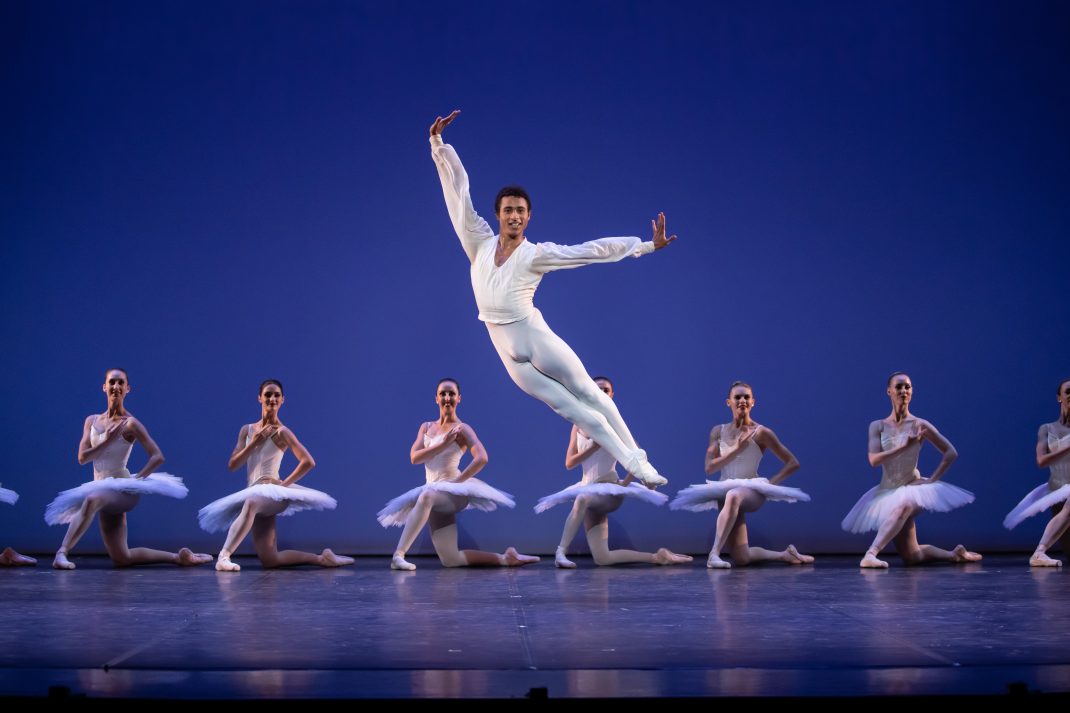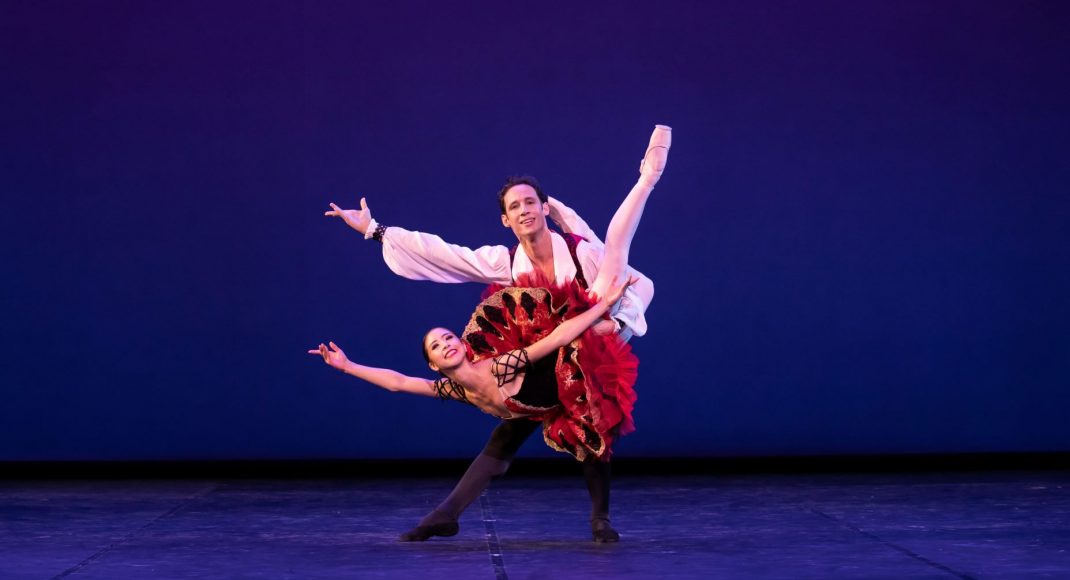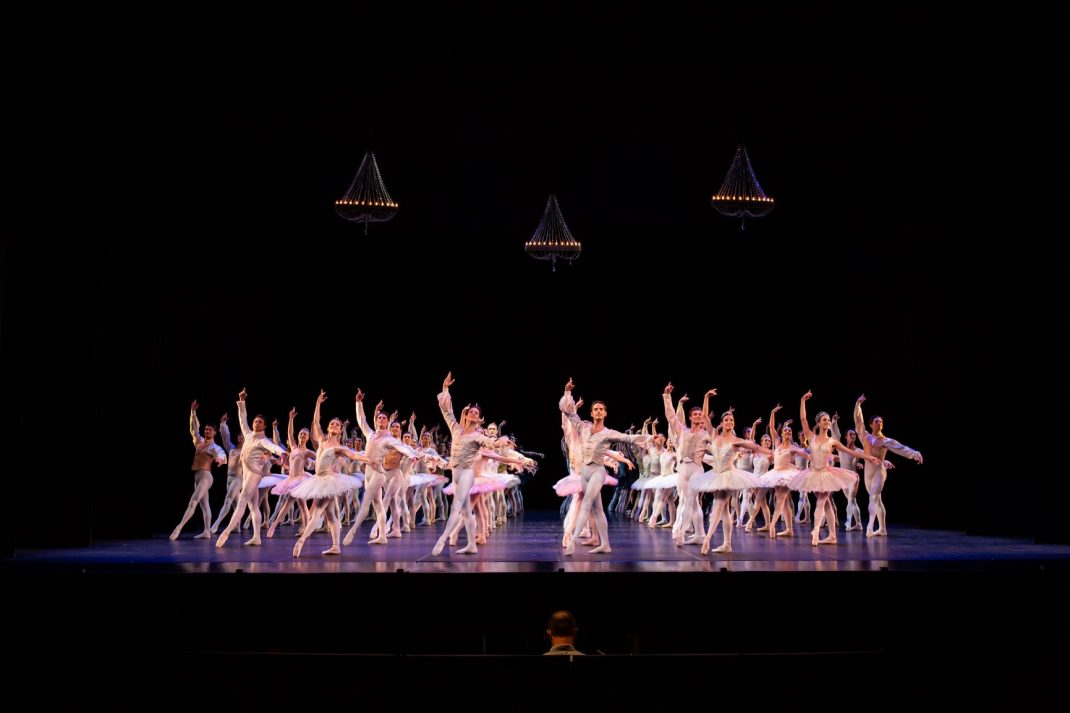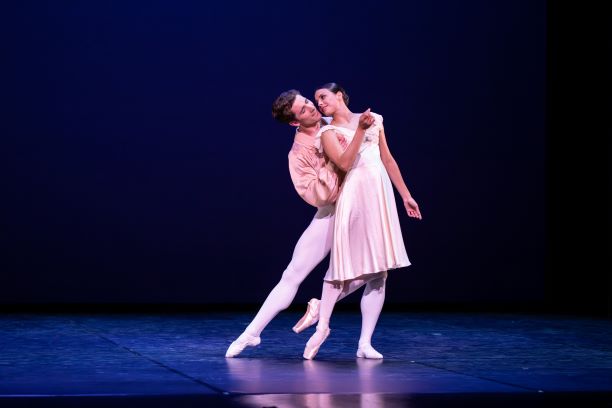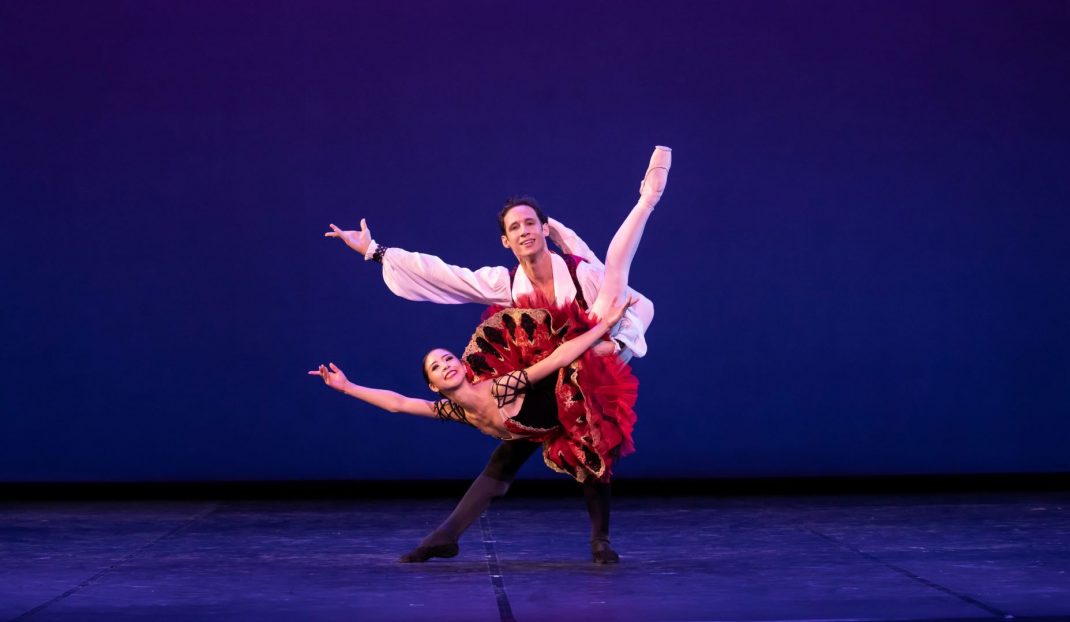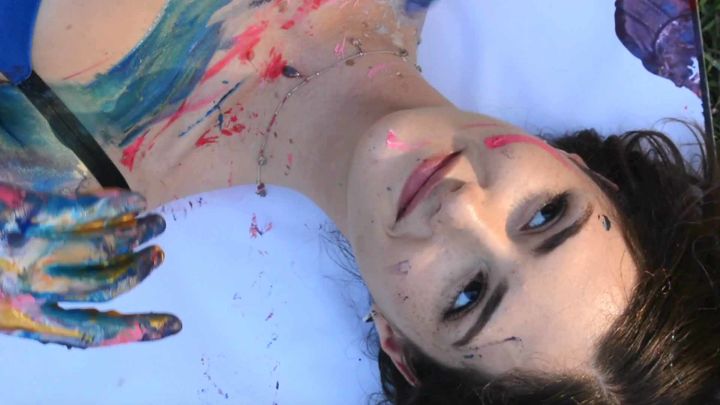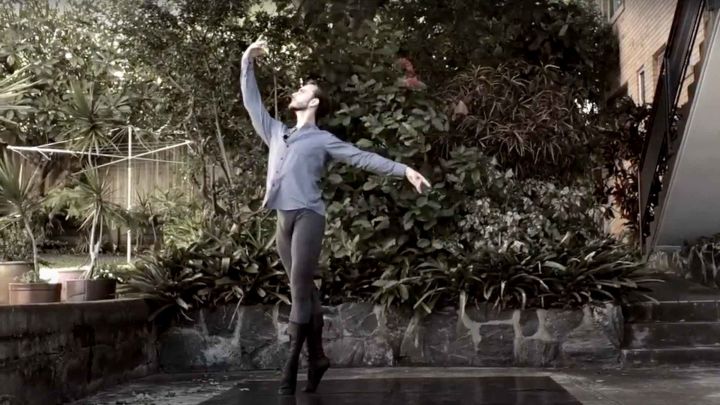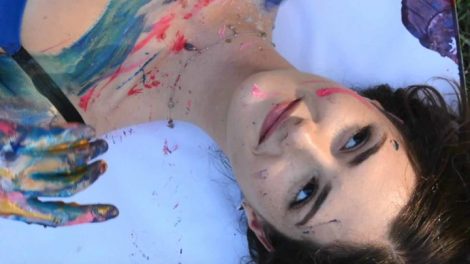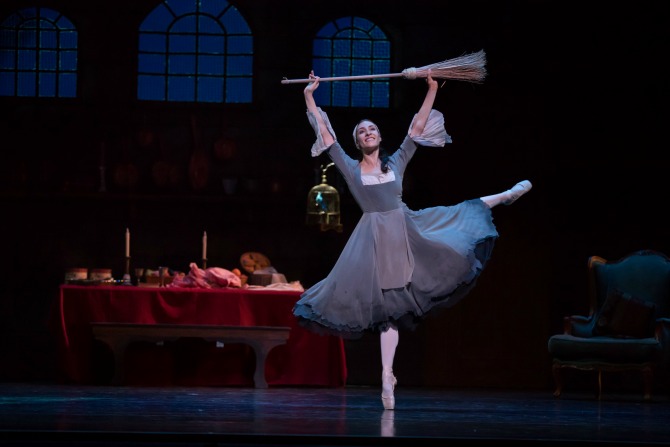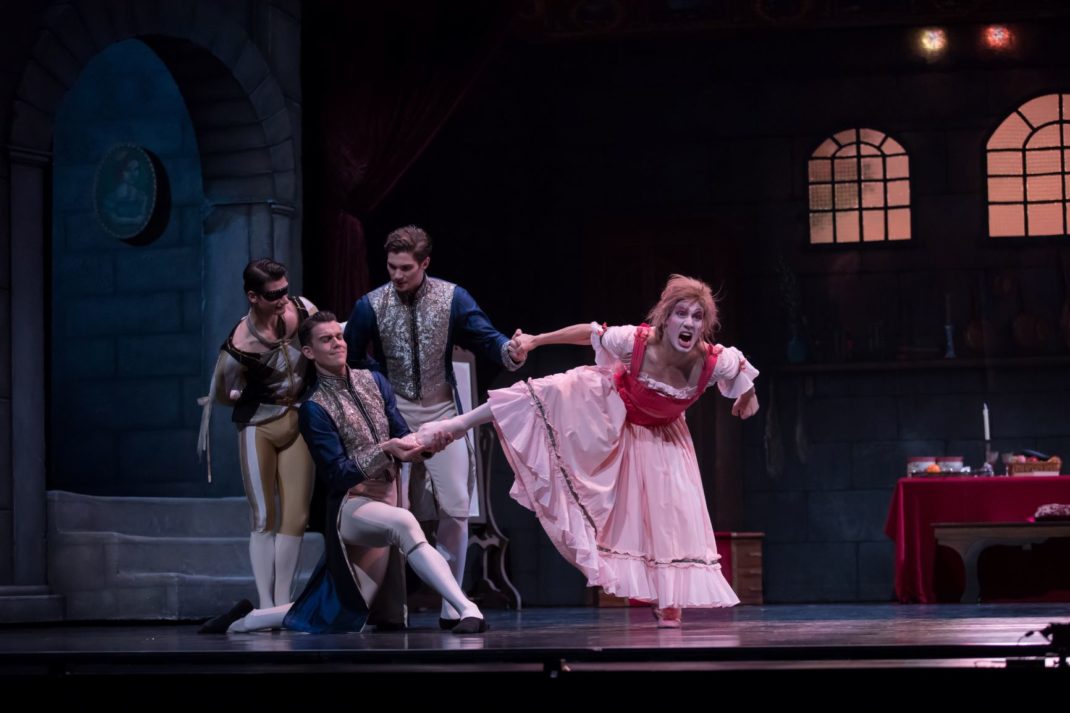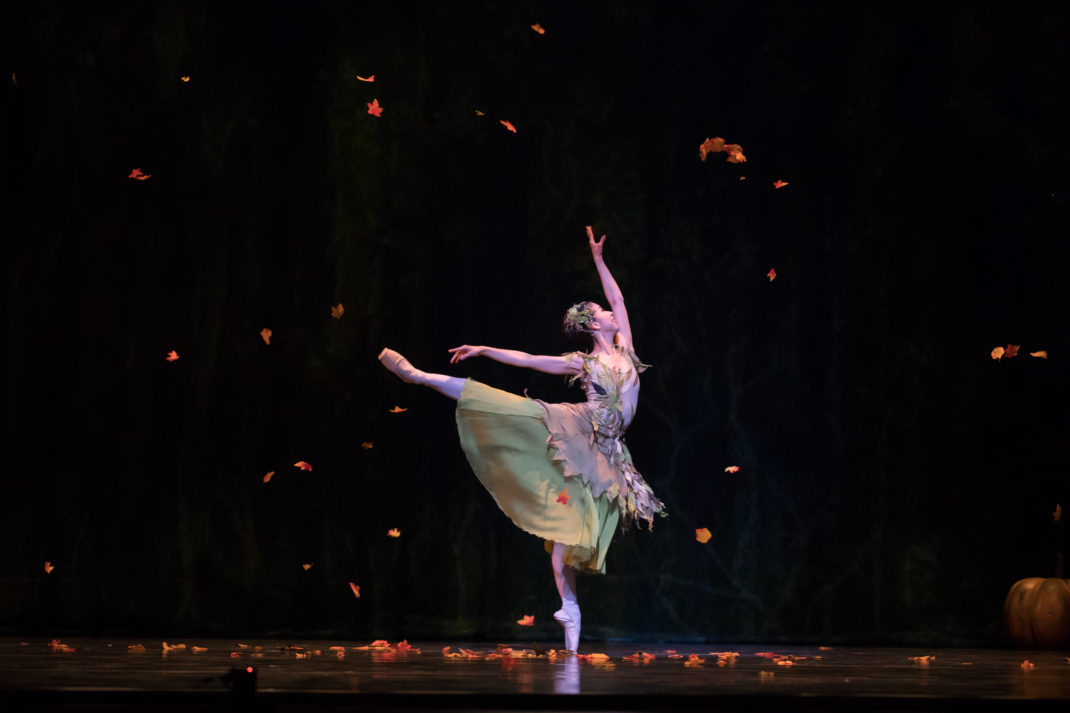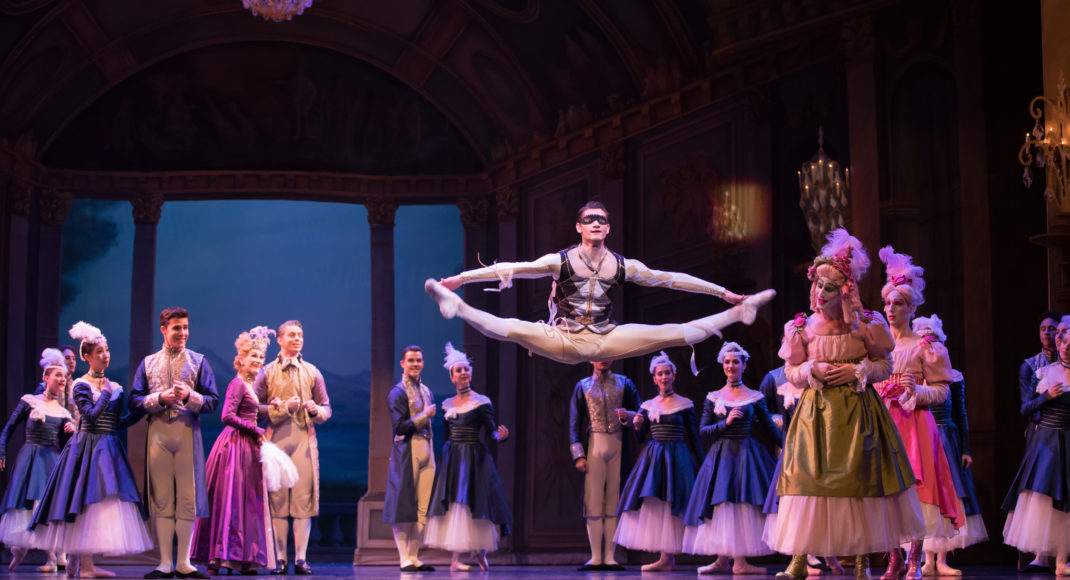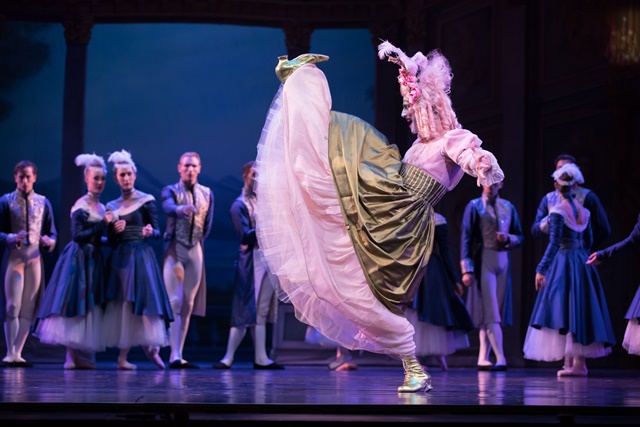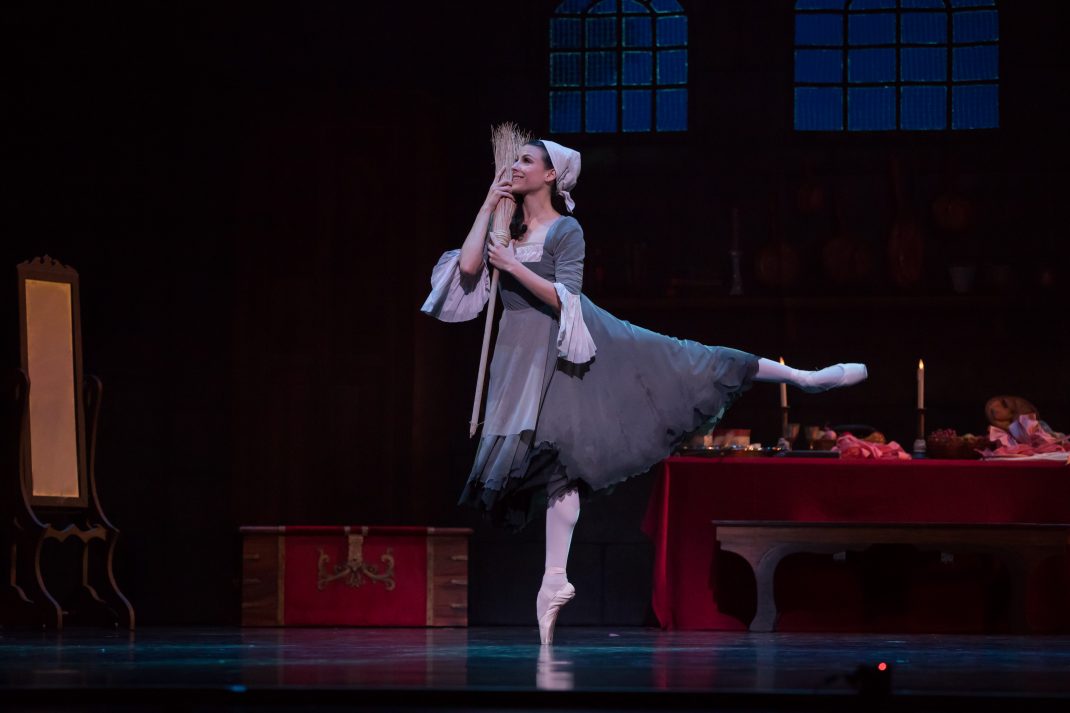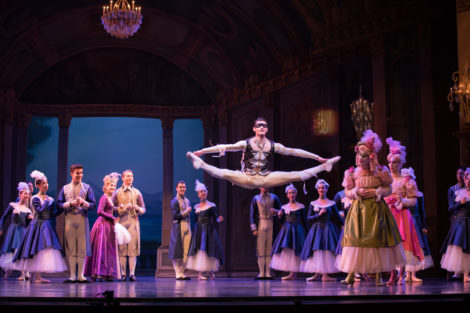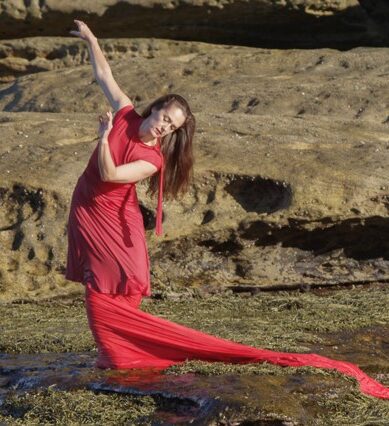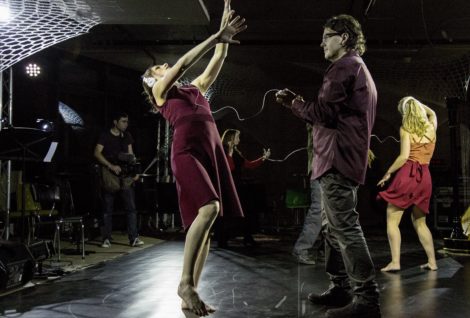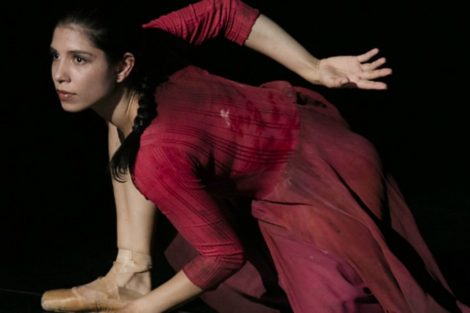28 October 2023 (matinee). Canberra Theatre
I was lucky enough to have the chance to see Liam Scarlett’s A Midsummer Night’s Dream a second time in Canberra. I especially wanted to see the cast that was not dancing on opening night. Mia Heathcote and Alexander Idaszak took on the roles of Titania and Oberon at the second performance I saw, although I hesitate to call them the ‘second cast’ as they were simply a different cast from the opening night.
Everything I previously wrote about the production itself stands for this second review—fabulous set and costumes, gorgeous lighting, great dancing by the Rustics and Fairies. And the rest. But there were some highlights for me from this cast and these highlights are the focal point for this second post.
*****************************
Mia Heathcote and Alexander Idaszak as Titania and Oberon.
I admired immensely not just the dancing by Mia Heathcote as Titania and Alexander Idaszak as Oberon, as exceptional as it was throughout, but also the connection that was set up between them. It ranged from the competitiveness they created in the early stages of the work as they argued about who ‘owned’ the changeling child, to love and attraction for each other in the final moments of the work as the issues were resolved. There were of course many other emotions in between the two mentioned but the connections, whatever emotion was in play, were strongly established and always very clear.
The final pas de deux between them was quite astonishing technically, especially in the performance of Scarlett’s surprising and beautiful lifts in which Titania’s body swirled constantly around Oberon’s. I was especially moved too by Idaszak’s lyrical use of every part of his body to enhance the choreography. He was just just magnificent.
Vito Bernasconi as Bottom
Vito Bernasconi was a fascinating Bottom. He made the change from Rustic to Bottom and back again very clear in a physical way and we were in no doubt about his confusion as he tried to understand what had happened to him when, under the spell cast on him by Puck, he engaged with Titania.
Neneka Yoshida and Rian Thompson as Hermia and Lysander
Neneka Yoshida and Rian Thompson made a charming couple as Hermia and Lysander. I was especially taken by Yoshida’s beautiful performing presence and her very easy style of moving and execution of Scarlett’s choreography. And she had a very attentive partner in Thompson. They were such a pleasure to watch.
**************************
Liam Scarlett’s Midsummer Night’s Dream is a work that engages the audience from beginning to end. As happened on opening night, at the Saturday matinee there was not just applause but laughter and cheering at every opportunity.
Unfortunately there are no photos from the Canberra production that I can add to this post. The ones sent to media from the Canberra Theatre Centre were from a production in Cairns where the cast was not quite the same!
Michelle Potter, 30 October 2023
Featured image: Four of the eight Rustics in Queensland Ballet’s production of A Midsummer Night’s Dream. Photo: © David Kelly
